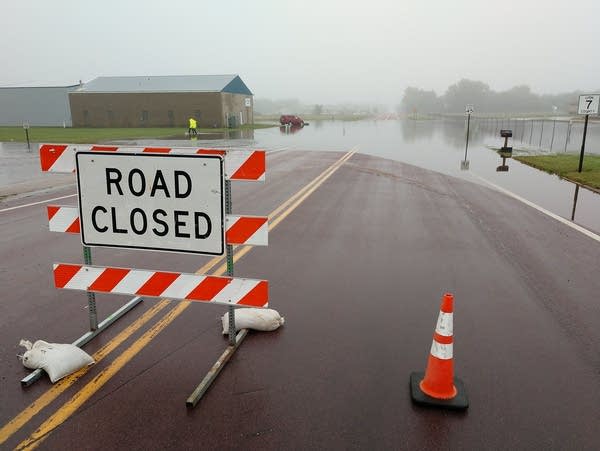Your social media could give scientists a more accurate picture of climate change

County Highway 7 on the west side of Marshall, Minn., was closed by flooding on Sept. 12, 2019.
Courtesy of city of Marshall 2019
Go Deeper.
Create an account or log in to save stories.
Like this?
Thanks for liking this story! We have added it to a list of your favorite stories.


